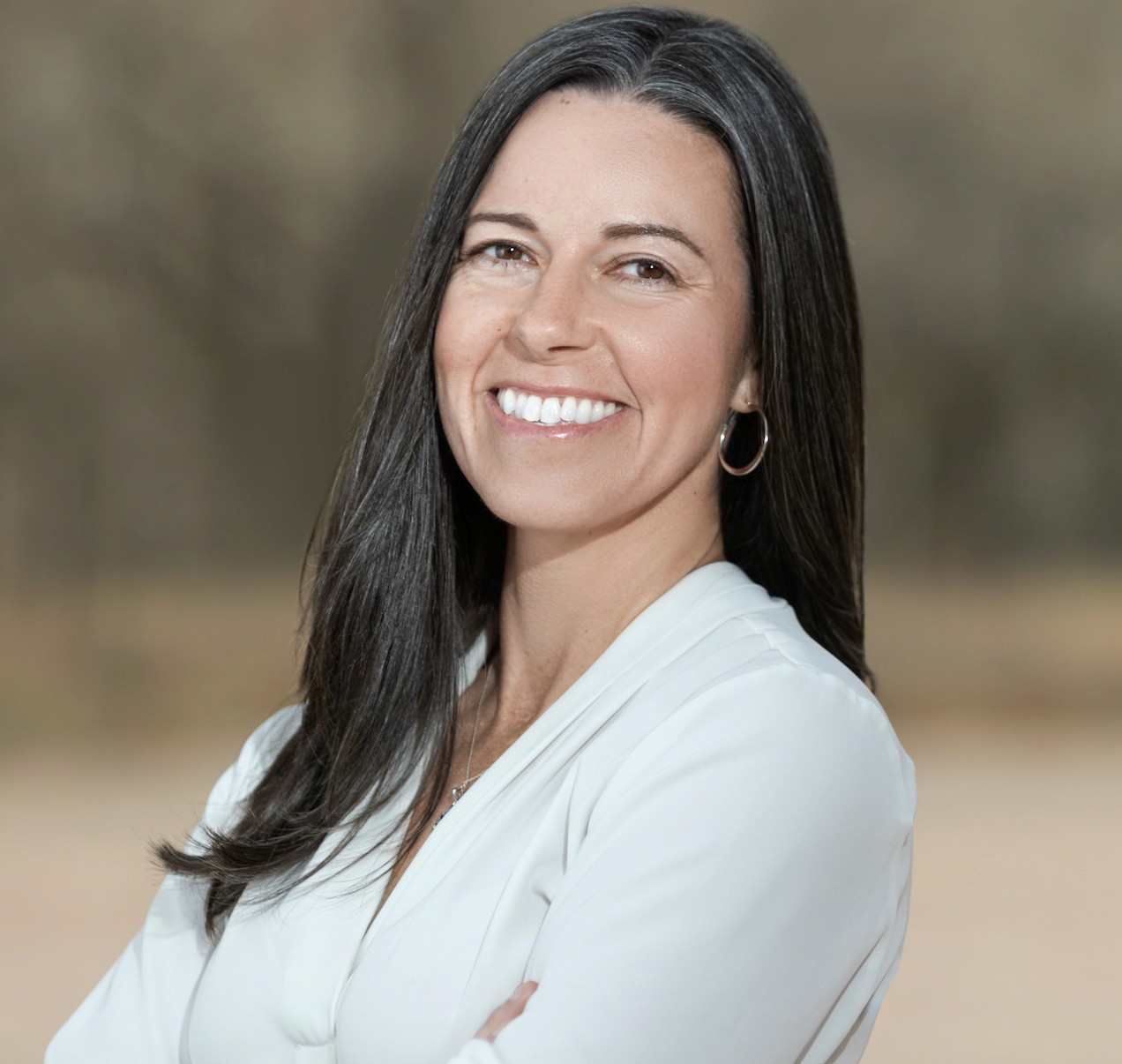Psychology
The 95% Problem: How AI is Finally Bridging the Addiction Treatment Gap

Sep 1, 2025
Here's a statistic that should keep us all awake at night: 95% of adults struggling with addiction never receive treatment.
Let that sink in. Of the 48 million Americans battling substance use disorders, fewer than 2 million get professional help in any given year. This isn't because people don't want help. It's because addiction hijacks the brain's motivations, and help simply isn't there when people need it most.
The addiction treatment system operates on a model designed for a different era: scheduled appointments, waiting lists, business hours, and face-to-face meetings. But addiction doesn't work on a schedule. Cravings hit at midnight. Rock bottom happens on a Tuesday afternoon. The moment someone decides they're ready for help (that precious window of readiness) often passes before they can find a therapist with an opening.
For the first time in the history of addiction treatment, we have technology that might finally bridge this gap. Not by replacing human connection, but by being there in the spaces where humans can't be, and guiding people toward the care they desperately need.
The Invisible Barriers
Before we talk about solutions, let's understand why 95% of people with addiction remain untreated. It's not just about availability, though there are only enough addiction specialists to serve about 1 in 10 people who need help.
The Timing Problem: Motivation for recovery comes in waves. Someone might wake up after a blackout completely ready to change their life, but the nearest treatment center has a three-week wait list. By the time the appointment comes, that window of readiness has closed.
The Shame Barrier: Addiction carries stigma that other medical conditions don't. People will readily tell their doctor about chest pain but suffer in silence with substance abuse. The fear of judgment from providers, employers, family, and society keeps millions from seeking help.
The Geography Gap: In rural America, the nearest addiction specialist might be hours away. In urban areas, the wait times can stretch for months. Geography becomes destiny when it comes to recovery.
The Money Wall: Quality addiction treatment is expensive. Even with insurance, many people can't afford the time off work, the childcare costs, or the transportation to attend regular appointments.
The Crisis-Response Model: Most addiction treatment happens after someone hits rock bottom. But what if we could intervene earlier? What if support was available during those small moments of doubt, those quiet 2 AM realizations that things need to change?
The AI Advantage: Meeting People Where They Are
Artificial intelligence doesn't solve addiction; people do that themselves. But AI can be present in ways that human therapists simply can't, bridging the gap between needing help and getting help.
Always Available: Your AI sponsor doesn't sleep, take vacations, or have limited office hours. When someone is ready for help at any hour, on any day, that help is immediately available.
Judgment-Free Zone: There's something profound about being able to admit your worst fears and behaviors to an AI. No disappointed looks. No sighs. No sense that you're burdening someone with your problems. Just unconditional support and evidence-based guidance.
No Waiting Lists: The moment someone decides they want help, they can start their recovery journey. No intake appointments, no insurance pre-approvals, no scheduling delays. The path to recovery begins with a single message.
Infinite Patience: Human therapists are wonderful, but they're human. They have bad days, they get tired, they might unconsciously react to difficult clients. AI provides consistent, patient support every single time, whether it's your first day of sobriety or your thousandth.
Privacy Protected: No one has to know you're getting help. No waiting rooms where you might run into a neighbor. No explanation to your boss about why you need time off for appointments. Recovery can begin in the privacy of your own phone.
Building Bridges, Not Walls
The most powerful aspect of AI in addiction treatment isn't replacement. It's connection. AI becomes the bridge that helps people access human care when they're ready.
Think of it like triage in an emergency room. The nurse doesn't replace the doctor, but they assess, stabilize, and guide patients to the right level of care. AI can do the same for addiction treatment:
Immediate Stabilization: When someone is in crisis, AI can provide immediate coping strategies, crisis de-escalation, and safety planning while connecting them to human help.
Continuous Assessment: AI can monitor patterns, track progress, and identify when someone needs more intensive support, then actively help them find and access that care.
Treatment Preparation: By the time someone meets with a human therapist, AI can have helped them identify their goals, understand their patterns, and prepare for treatment, making that precious human time more effective.
Aftercare Support: Traditional treatment ends, but recovery continues forever. AI can provide ongoing support between appointments, helping people maintain progress and quickly identify when they need additional help.
The Compound Effect of Continuous Care
Here's what happens when support is always available: people don't have to hit rock bottom to get help.
In traditional treatment models, people often cycle through periods of using, crisis, brief treatment, and relapse. Each cycle damages their health, their relationships, and their hope. But continuous AI support can catch people earlier in this cycle, sometimes preventing the crisis altogether.
Instead of waiting for someone to need intensive treatment, AI can provide small interventions during everyday moments of vulnerability. A bad day at work, a triggering social situation, a moment of loneliness. These are the times when a quick check-in and some coping strategies can prevent a full relapse.
AI never forgets. It can identify patterns that even the person struggling with addiction might not see: stress at work leading to increased cravings, certain social situations triggering urges, seasonal changes affecting mood. Early recognition means early intervention.
Human accountability can sometimes feel like judgment. AI accountability feels like partnership. "I noticed you mentioned feeling stressed three times this week. Let's work on some strategies for managing that."
The Network Effect: From Isolation to Connection
One of addiction's cruelest tricks is isolation. It convinces people that they're alone in their struggle, that no one would understand, that they're beyond help. AI can break that isolation immediately.
But the goal isn't to keep people isolated with technology. It's to use technology as a stepping stone to human connection. AI can:
Normalize the Experience. "What you're going through is completely normal. Millions of people have felt exactly this way, and many of them have found recovery."
Build Confidence. Through small daily wins and consistent support, AI helps people build the confidence they need to eventually seek human help.
Create Readiness. By the time someone is ready to join a support group or see a therapist, they've already begun their recovery journey. They're building on progress.
Facilitate Connections. AI can help match people with appropriate support groups, treatment programs, and human providers based on their specific needs and preferences.
The Sunflower Model: Filling the Gaps
At Sunflower, we see AI as the missing piece that can finally make recovery accessible to everyone who needs it. Sam, our AI sponsor, isn't trying to be your therapist—Sam is trying to be your bridge to recovery.
When you're not ready for treatment, Sam helps you understand your patterns and build motivation. When you're ready but can't find help, Sam provides evidence-based support and helps you locate resources. When you're in treatment, Sam fills the gaps between appointments. When you've completed treatment, Sam helps you maintain your progress.
Most importantly, Sam is always working toward the same goal: helping you build the life you want, with whatever level of human support feels right for you.
The Future is Connection, Not Replacement
The 95% problem isn't about a shortage of compassion or good intentions. It's about a fundamental mismatch between how addiction works and how treatment is delivered. Addiction is continuous, unpredictable, and deeply personal. Traditional treatment is scheduled, standardized, and often impersonal.
AI doesn't solve this by replacing human connection. It solves it by making human connection more accessible, more effective, and more timely. It fills the gaps so that when people are ready for human help, they can find it. And when they're not quite ready, they're not left to struggle alone.
For the first time in history, we have the technology to ensure that no one has to face addiction without support. The 95% who never get help don't have to remain a statistic. They can become success stories.
Recovery is possible for everyone. Now, finally, help can be available for everyone too.
The bridge to recovery is being built. And it's available right now, whenever you're ready to cross it. 🌻
References
Substance Abuse and Mental Health Services Administration (SAMHSA). (2024). United States National Survey on Drug Use and Health 2023. Rockville, MD: Substance Abuse and Mental Health Services Administration.
The FY 2025 President’s Budget proposes to rename the National Institute on Drug Abuse to the National Institute on Drugs and Addiction.
National Institute on Drug Abuse. (2025). Fiscal year 2025 budget information congressional justification [Fact sheet]. https://nida.nih.gov/about-nida/legislative-activities/budget-information/fiscal-year-2025-budget-information-congressional-justification-national-institute-drug-abuse/ic-fact-sheet-2025
American Addiction Centers. "Alcohol and Drug Abuse Statistics (Facts About Addiction)." American Addiction Centers, 2025, https://americanaddictioncenters.org/rehab-guide/addiction-statistics-demographics.






